|
If you haven't figured it out yet, I am a fan of student led conferences. Since I was introduced to this format in the early nineties, I have been constantly blown away with the positive effects it has had on both my students and their parents. If you haven't tried them before, I encourage you to do so. You will be amazed at how well they can work. What are student led conferences?Student led conferences are meetings where your students get to talk to their parents about their schoolwork, show what they're proud of, and talk about what they want to learn. It's like a special meeting where your students are the teachers, and their parents get to listen and learn about their progress. This helps them feel proud, confident, and more involved in their learning. It's a chance for them to talk together, celebrate successes, and make plans for the future. A small portion of the meeting time includes you, as the teacher. This is a time for sharing concerns, observations, and successes noticed in both personal and academic growth. Benefits of student led conferencesThere are many benefits with conducting student led conferences. Here are a few key ones. Ownership of learning: The students become active participants in assessing and presenting their own progress, developing a sense of responsibility and accountability. Communication skills: Leading a conference helps students to practice their communication skills. They learn to articulate their thoughts, explain their accomplishments, and express their learning experiences to a real audience. Confidence builder: Successfully presenting their work and progress boosts students' self-confidence and self-esteem. This experience helps them recognize their abilities and builds a positive self-image. Parent involvement: Student-led conferences provide parents with a deeper understanding of their child's learning journey. They gain insight into their child's strengths, challenges, interests, and overall educational experience. Positive parent-child interaction: Student-led conferences encourage open and positive communication between parents and children. Parents have the opportunity to listen to their child's perspective and celebrate their accomplishments. Self reflection and goal setting: Students participate in self-assessment and reflection activities, identifying their strengths and areas for improvement. They set academic and personal goals, promoting a growth mindset and a commitment to continued improvement. What kinds of activities happen during a student led conference?There are so many different kinds of activities that can be done during a student led conference. What you choose should be based on the following goal: The goal of student led conferences is to provide an opportunity for kids to take ownership of their learning and showcase their progress to their parents or guardians. These conferences should empower students to be actively involved in the conversation about their education. Here are some activities and components that kids can engage in during student-led conferences: Tour of classroom centers and areas of learning Work folder presentation and discussion Goal setting and reflections Interactive activities with parents Parent-child discussions Meeting with the teacher How to prepare ahead of timePreparing for a student-led conference involves careful planning, organization, and collaboration between students and teachers. It begins with introducing the idea to your students and letting them know what it is, how it works, and its purpose. It is important to make sure that your students understand what their role is and that they are prepared ahead of time. Explain the different components of the conference, such as work folder presentations, goal setting, and discussions. Begin gathering work samples early on and allow your students to choose some of their best work to showcase during the conference. This could be assignments, projects, artwork, and written reflections. Help students to assess their own progress, strengths, areas for improvement, and personal goals. Provide some worksheets or templates to help them to articulate these ideas. Practice communication skills and role playing to help prepare your students for their role in the conference. Do activities to practice speaking clearly, making contact, and engaging with their audience. Make sure that parents understand the purpose of the student led conference and how they can support their children during it. Set up meeting times and send out invitations. Create a conference folder for each student that includes their work samples, self-assessment sheets, and any other relevant materials. How I ran my student led conferencesOver the years, I ran my student led conferences in a similar fashion. I figured out what worked for my teaching style and I created a plan using that as my starting point. Before the conferences were set to begin, I did lots of role playing with my students. The kids especially loved taking on the role of the parents for other students and it was fun to see how they rose to the challenge as they went through the motions of doing a conference. Each child had a folder of work and an agenda to follow for the conference. Parents were informed ahead of time that the conferences could take up to 45 minutes, but that it was important not to rush the child. Some parents had more than one child's meeting, so they were told that If they had to leave for another appointment, they were welcome to return afterward. During the conferences, I had my room set up with a separate area for meeting with me so that 3 groups could be in the room at the same time, but there was some privacy during the meet the teacher part of the agenda. I always had a math or literacy activity for them to do together with their parents. It was fun to see how they used their skills or concepts for these activities. Parents were totally engaged in working with their children. The end of the meeting was the best part because the parents wrote a letter to their child and then filled in a reflection sheet. The children beamed when they read the letters. If you are interested in checking out the materials and forms that I used, you can find them here. If you are wondering if student led conferences will work for you, I encourage you to give it a try. You may need to make some modifications along the way, but the benefits for the parents and children make it worth it. Remember: The goal of student led conferences is to provide an opportunity for kids to take ownership of their learning and showcase their progress to their parents or guardians. These conferences should empower students to be actively involved in the conversation about their education. Related PostsBack to school is here for most teachers and kids now. Teachers in some places have already been in class for a month while others are about to return. It's a time to think about many things, but one of the ones we sometimes put on the back burner is student led conferences. Planning now will make these meetings easier to prep for and they can also guide some of your teaching as you think about what kinds of assessments, projects, and curriculum content you might want to share. From the first few days or weeks, you can be collecting information and learning about your students so you can best support them when it's time for conferences. Here are a few ideas to try right now. Getting to know your studentsGive your kids a chance to share things about themselves that will help you to better connect with them. Ask about their interests, hobbies, and preferences. Don't forget to give them a chance to also tell you about things that might be difficult or worrisome for them. Use the information gathered to create relationships and to inform your instruction based on interests and needs. You could also try doing interest hearts. Fill in each space with an interest or passion. I usually do 2 copies - one for writing, and one for illustrations. Sometimes drawing is easier for younger children. These can be used as writing ideas for the first few weeks as well. Communicating with parentsSet up ways to communicate with parents such as newsletters, email updates, or a classroom website. Share important information about the curriculum, classroom expectations, and upcoming events to keep them informed and involved. Some of this can be done at a Meet the Teacher Night. During the first week of school, I often send home the following Getting Acquainted form so that I can get an idea about my student from the parents' perspective. It is interesting to see how kids can be very different in the home or school environment. This information form helps to see more of the whole child. Sometimes parents want to help, but they aren't sure how best to do so. Home reading is an important part of the home/school connection, so I send home this letter so that parents have some support as they try to help their children with reading. This can be found in my Back To School Start Up Forms. Goal settingHaving some goals will give kids some focus as they move forward. I like to start with celebrating what they can already do and then move to ways they can continue to improve or grow. Provide goal setting worksheets or templates for students to set personal or academic goals for the year. Encourage them to think about what they want to achieve and how they can work toward their goals. Collect samples of work that show what your students are able to do at the beginning of the year as well as samples in the following weeks so that you can share how they have progressed. Formative assessment materials could also be used. Don't forget to note the non-academic growth as well. Confidence, working with others, improved self esteem, and participation are a few areas to consider. Get your students to help with this information collection. Let them know why you are collecting it and how they can help with the selections. This will help them to take ownership of their work and also prepare them to share their material with their parents when the time comes. Next time I will share more about the actual student led conferences and why they are so beneficial. Related PostsIt's that time of year again! Kids are heading back to school and teachers are planning lessons. Before you know it, it will be time for student led conferences. I know that thinking about assessments already is daunting, but if you start doing a bit at a time you will be able to do it. It will all help you to be ready when it is time for conferences. As a primary teacher, I liked the student led conference format because it gave my students a chance to show off all of their hard work. It was also a great opportunity to get to know each student's strengths and weaknesses. Student led conferencesStudent led conferences are a fantastic way for parents and children to work together to reflect on the student's progress so far. It is an opportunity for the student to share what they are proud of, what goals they have set and what strategies they are using to achieve these. The student is in the driver's seat whilst the parent(s) and teacher play a supportive role. This format not only empowers the student, but also provides parents with an insight into their child's thinking and how they view their own progress. These conferences also give teachers an opportunity to reflect on their teaching and how well they are meeting each student's needs. Benefits of student led conferencesStudent led conferences offer a number of benefits for both the child and the parent. For the child, it is an opportunity to take ownership of their learning and to share their work and achievements with their parents. They also have a chance to practice their communication skills and build confidence. They can share their own perspective on their progress, which can be very valuable for parents to hear. For the parent, it is an opportunity to see their child in a positive light and to be involved in their child's education. It is a great way to ask questions and give feedback in an encouraging way. I believe that student led conferences are hugely beneficial for all involved and strongly encourage all families to attend. The teacher's roleThe role of the teacher is to facilitate the student led conference, ensuring that each student has the opportunity to share their learning. The teacher provides support and guidance to the student, and answers any questions from the parent. Student led conferences offer a unique opportunity for teacher and parent to connect with each other and with the student, promoting student achievement. Student led conferences can be a powerful tool for promoting student achievement and parent involvement in education. Preparing for student led conferencesPreparation is key for student led conferences. I sent home information for parents about what student led conferences are and how they can help their child succeed. I also included a sign-up sheet so that parents could choose a time that works for them. In the weeks leading up to student led conferences, folders were created with work that each child has done. Prior to the conferences, self evaluations were done and these were added to the folders. For each conference, an agenda was created with all the things that should be covered during the conference. After going over the agenda, I had the kids role play and practice going through the agenda list. They have a great time pretending to be parents and students for each other and it ensures that they know what is required when the actual conferences happen. If you would like to give student led conferences a try, I have created a learning journal for gathering up information that can be used for communicating student learning on a monthly basis. You can get a free copy by signing up for my newsletter. Do you think you would like to give it a try, but don't want to invent the wheel? I have created some templates and materials that can help to make your student led conferences successful. You can check them out here. Student led conferences are a great way for teachers, students, and parents to connect and communicate about student progress. With a little bit of preparation, they can be an enjoyable and stress-free experience for everyone involved! I used this format successfully for over 20 years. I highly recommend trying it. Related PostsAssessing for DifferentiationYou're back to school, you've got your new class, and you are now trying to figure out how to do assessments. It's a juggling act teaching, engaging, and assessing while maintaining control of wiggling bodies that want to bounce off the walls, not remain in desks. It would be so much easier to just teach whole class lessons, but that wouldn't be good practice since kids are all at different levels of ability and understanding. Once beginning assessments are completed, plans need to be created to help meet the needs of each student. Differentiation In Reading And WritingDifferentiation is such an important skill for teachers! It ensures that all students in a class are being taught according to their individual needs and abilities. For various subjects, different types of adjustments can be made to include all students. Differentiation in reading can be achieved by using different books at different reading levels, or by using the same book but slowing down or speeding up the rate at which it is read. For struggling readers, differentiation might also involve providing extra support, such as a word bank or mini-dictionary. Guided reading groups are another way to meet needs of everyone. When it comes to writing, differentiation can take many forms. Some students might benefit from having extra time to complete a task, while others might need scaffolding in the form of sentence starters or word banks. Ultimately, differentiation is all about meeting the needs of each individual student. Differentiation And Guided MathWhen I retired, I worked with small groups of intermediate students who were struggling with basic facts and totally overwhelmed with the more difficult concepts. I also tutored a couple of them. We went back to doing hands-on, concrete activities with basic facts such as making tens, understanding place value, and doing addition and subtraction with and without regrouping. It was amazing to see the change in confidence as they finally understood how numbers worked and were successful with the skills and concepts. Once they had the basic concepts, they were able to move on to multiplication and division, along with other more abstract concepts. Without the small group support, they would still be floundering today. Guided math activities can be targeted to the skills and concepts and complexities that build confidence and understanding of concrete examples that can be extended to more abstract ideas. If kids are met at the levels they are functioning at, they will be able to climb the ladder to reach the levels they should be at and beyond. Building Confidence And SuccessDifferentiating your instruction and assessment to meet the needs of all of your students ensures that all your students have an opportunity to demonstrate their learning. It also builds self confidence in your students. When you differentiate your instruction and assessment, you're sending the message to your students that you believe in their ability to learn. You're telling them that you have faith in their ability to be successful. When your students feel confident in their ability to learn, they are more likely to take risks and persevere when they encounter difficulty. When students are able to learn at their own pace and in a way that is tailored to their individual needs, they are more likely to feel successful and confident in their abilities. In addition, differentiation can also help to foster a love of learning by making school more engaging and relevant for all students. Project Choices For DifferentiationWhen it comes to teaching social studies, try incorporating project-based learning activities. They're a great way to let students show what they know in a variety of ways - and it's always fun to see the different ways that each student approaches the project. Some students excel at making models, while others are natural born storytellers. And some students love nothing more than putting together a detailed timeline or poster. No matter what their strengths are, project-based learning activities give all students a chance to shine. Plus, it's a great way to get kids excited about social studies! By providing a criteria checklist, students know what is expected of them and can focus their energies on meeting the requirements. It also provides a checklist for assessment at the end of the project. Additionally, by including a home/school component, interactive projects provide an opportunity for families to be involved in their child's learning. This not only reinforces the concepts being learned, but also strengthens the bond between family and school. This set of criteria checklists can help with different forms of presentations. They give criteria for what is required for the various project formats. They also work well for assessments. Get your free copy now. With a little creativity, project based activities can be adapted to any curriculum. So next time you're looking for a new and exciting way to teach and differentiate, consider using interactive projects! Related PostsTeaching challenges due to the pandemicIt has been two years since the world changed due to the pandemic. Teaching challenges are real. Teaching as we knew it changed and we had to learn to do things in different ways. This has been quite a challenge for both teachers and students. I have been out of the classroom for a while now, but not out of the teaching mode. I was volunteering and doing small group instruction in the school until the pandemic hit, as well as doing one on one tutoring at my home. I was also doing ukulele group rehearsals with my husband until restrictions shut that down. This meant that I had to find ways to continue doing some of this virtually as well. I kept in touch with teachers from my school and tried to find ways that I could somehow support them through providing resources, offering suggestions for certain specific circumstances, and just being there to bounce ideas off or even vent, if needed. As much as I wanted to be there to help out, it was not allowed. Also, my husband had just had a heart attack and I needed to keep him safe. I often felt frustrated that I wasn't able to do more to help. I found that virtually teaching music was definitely unsatisfying and not sustainable with one way instruction. Our groups dwindled significantly and we discovered that what we thought was working, wasn't. In fact, we discovered many things were different than they had appeared. We tried doing virtual performances, and we even tried to do some one on one support when it was allowed, but it was so hard. Two of my children are music teachers, and they found this very challenging as well. For those who had to teach music classes virtually, I feel your pain. Feedback from some teachersAs an aftermath to online teaching and hybrid teaching, many teachers are finding it difficult to catch up on missed learning. When I asked "What has been the most difficult part of teaching during the pandemic?" one of the most common responses was about kids being behind and stress for the teachers and kids. Here are some responses. "Stress related to trying to catch up the lost time the children have had due to shutdowns. Many have fallen behind in both reading and writing." "Trying to catch kids up who are behind because of missed school. In my class they are either really low or really high." "The kids who are missing school are stressing out when they come back and they are further behind." "students being at home due to illness or quarantine" "Teachers are really tired. It is hard to do report cards. Little change since conferences in November. Conferences are coming up again next month. Stressed out, lots of paperwork." I know it is hard to think of these issues without feeling stressed and in some cases "behind the eight ball". However, in order to meet needs, both academically and emotionally, the focus needs to be on the kids and where they are. In any primary classroom, there can often be a huge range in levels of reading and writing abilities. This isn't new, but right now they are more obvious and the gaps are bigger. The demands of meeting standards and testing requirements sometimes loom in front of us and it is difficult to put that aside and focus on the kids and their needs. Some tips and ideas for moving forwardWhat I have discovered from working with small groups and tutoring, is that it is important to find out where the kids are at and move forward while adding in the missing building blocks so they can progress. For example: I had some kids that were in grade 4 and 5 who were struggling with the math concepts being covered in their classes. I discovered that they still didn't know their basic facts. We spent some time working on different ways to add and subtract using dice and manipulatives, and once they had a handle of these, we moved on to multiplication and division using strategies to help with these concepts. It was amazing how this helped them to better understand what was going on in class. They still needed some extra support, but they developed some confidence and this helped them to tackle new material. Reading with younger children really is developmental and kids will progress at different rates. Those who didn't get as much practice or support while learning virtually will need more time to be ready. Encouraging them as they continue to work on their skills will do wonders for them. The same goes for writing. Keep providing opportunities to work on their skills and practice and they will start to show improvement. It may take a bit longer to get caught up to the expected levels, but as long as they are showing growth, all is good. If the kids are to develop confidence and continue to grow they need to be encouraged and supported in their learning. Bottom line is, their emotional well being has to be protected and nurtured as they work towards developing their skills. Consider using guided reading groups and math groups to help with tailoring material for specifics levels and needs. If you need some help with this, check out my guided reading getting started post. For those struggling with writing, consider using scaffolds, descriptive writing activities, and fun ways to work on parts of speech. As for you, remember to take care of yourself and enjoy working with your students. You can only do so much. Give yourself some grace and just do what you can. In time, the kids will catch up if they know you care and they are encouraged to keep going and trying. I wish you a happy rest of the year with many successes in your classroom. Related PostsMental Health First and Academics SecondI remember talking to a friend of mine one day about how things had changed and she reminded me that there were some positive things that came out of last year that hopefully would be continued this year. For instance, kids were washing their hands more often, staying home when they weren't well, taking more care with belongings, cleaning up better, and focusing more on their own work instead of socializing so much. Of course, there were also many things that were missing that were important for social emotional learning. Being able to return to in person learning and carefully starting to do group activities really made a difference for some kids. I realize that not all schools went totally back to in person teaching, but hopefully they will soon. We learned how important personal connections are as we were prevented from being together for so long. This was a wake up call for many as the number of children suffering from mental health issues increased significantly in the last year and a half. It goes to show how important it is to ensure that we focus on the social emotional well-being of our students. Academics are important, but not at the expense of a child's mental health. Teaching SEL Helps Develop Good Mental HealthWe, as teachers, nurture the kids and help them to develop positive self esteem and self confidence. It is important that we help them to see that they are special and valuable. Often, when kids act out, they are really crying for attention or help with issues that they may not be able to voice or even recognize. We need to look past the behavior and try to see what may be causing it. This is not an easy task and we may not get it right, but if we are able to let the child see that we care, hopefully it will make a difference. Getting back to the basicsI heard from many teachers that this year has been a big challenge because of the wide range of levels they need to teach in their classes. Since the start of the pandemic this gap has grown. Some children flourished with online learning and others floundered or didn't even show up. Assignments were left incomplete, comprehension was sporadic, and trying to teach a skill or concept to everyone at the same time virtually was often very difficult and unsuccessful. Now that many children are back in the classroom, the teacher needs to reassess what they know and where the gaps are so that they can continue on. This may lead to many stressful moments for both the kids and the teachers, especially during assessment times and testing times for those schools that are required to do standardized testing. I know it may seem unmanageable at times, but it is important that the focus be on what is good for the kids. If it means stepping back and revisiting material that was previously covered in order to provide the base for future learning, do it. If it means that you have to teach in small groups to reinforce and reintroduce concepts, do it. If it means that you won't get to some of the material this year, then so be it. Pushing through the curriculum just to complete it won't benefit anyone. You will feel like you didn't do your best teaching, and the kids will not get the understanding and knowledge needed to be successful in future lessons. Everyone will feel frustrated and stressed. You've got thisYou may be reading this and saying to yourself, "But you don't understand. It isn't up to me. I am responsible for teaching this curriculum so that my students can do well on the tests." I get it, but I also get that the kids won't do as well on the tests if they don't have a proper understanding of the material. As I said earlier, we need to protect their mental health. Even if it means the academics have to be limited for a short time. When you give extra support and teaching in the areas that are weak, the kids will develop the skills and confidence to move on to more difficult material and they will ultimately fair better with future assessments and the curriculum requirements. Remember that every group has had some disruption and that there are many children that are struggling with the academics across the country, and maybe even across the world, so you are not alone with this predicament. You've got this. Your students will start to catch up as you support them where they are. Remember to encourage them along the way and help them to see that they will be successful and they will be able to reach for their goals and succeed along the way. Next week I will give some specific ideas for getting back to the basics for primary children. Hang in there. The holiday break will be here soon and you will be able to recharge and regroup. It may not always feel like it, but you do make a difference for your kids. You are a star. Keep on shining even if the light doesn't seem very bright at times. Related PostsCommunicating Student LearningIt is that time of the year again. Communicating student learning is important, but can also be exhausting at times. Writing report cards, preparing for student led conferences or parent teacher conferences, and doing all the assessments for these events need to be added to the already jam packed weeks of lesson planning and instruction. Teachers know that student assessment is important in order to direct teaching so that it helps kids where they are and provides directions for improvement. On-going assessments and formal assessments both have a purpose and are valid for checking student learning. But it is sometimes difficult to fit it all in and still feel that you are able to teach effectively. Types of assessment and their purposesThere are a variety of assessments that can be used for determining how students are doing, but they are generally categorized as informal assessments and formal assessments. Informal assessments: These are usually on-going and based on data collected for daily/weekly activities. The data collected is then communicated to the student and parents. This information is critical if we want to provide instruction and resources that will help students to continue to move forward in their learning. Sometimes you will hear it referred to as formative assessment. Communicating student learning can be done with phone calls, emails, weekly or monthly journals, e-portfolios of work, or in person conversations. It is important to remember to share successes as well as areas of concern. Formal assessments: Reporting to parents provides a snapshot of learning for a specified term. It is an overall look at how students are doing in the various subjects and in their social emotional learning. Report cards and student/parent meetings are a couple of the ways this is done. There are a variety of different types of report cards being used now depending on the location or school district. Some schools use letter grades and percentages, some use a numerical rating, some use rubrics, and some use anecdotal formats. Student led conferencesStudent led conferences are a great way to share successes and learning with parents and still have a meeting with the teacher. I started doing these in the mid-nineties and I never looked back. If you would like to find out more about how I did them, check out this post. Not everyone is comfortable with this format, but many who have tried it have found it to be less stressful and very positive. If you are interested in a plan for your student led conference or a package of materials for setting it up, check out my student led conference materials resource. I have created a learning journal for gathering up information that can be used for communicating student learning on a monthly basis. You can get a free copy by signing up for my newsletter. I know this can be a stressful time for you, but what you are doing is important. Remember to take care of yourself too. Thank you for all you do for the kids. Related PostsMy Teaching JourneyI have been sharing lots of tips and strategies for getting started with back to school lately. I think it is time to shift gears. This week I am going to share a bit about my teaching journey, what I've been doing lately, and how I have stayed motivated throughout the pandemic. I have wanted to be a teacher since I was five years old. I still remember teaching my stuffies, my pets, my siblings, and even the neighborhood kids. We would set up "school" in my basement and we would practice doing some of the things I was learning at school. I find this very interesting now as I look back because I was very shy when I was young. I remember finding it difficult to join in during activities and I was often found playing alone in the dollhouse during free time at kindergarten. I gradually began to make friends and participate more readily and as I grew older, I was able to widen my group of friends and join different groups. In high school I joined the future teachers club and started tutoring young children. When I first started teaching, communicating with parents was the most difficult thing for me. I had no problem being animated and teaching the kids, but speaking to adults still scared me. I had to learn to do this and become more comfortable with adults if I was to be able to effectively communicate during conferences and other interactions. It took work, but I learned to do so. I am now retired and I am able to strike up conversations with others, even people I don't know. My grandkids often say that whenever they go anywhere with me we meet someone I know. My daughter even asks me if I know a person after she sees me talking to someone. They find it hard to believe that I was shy and afraid to talk to adults because they see me interacting easily now. It goes to show that you can learn to do things that are uncomfortable when necessary. I would venture to guess that there are many other teachers who can identify with this. You can be an introvert and still be a good teacher. You are there to make a difference for the kids, and if you feel strongly about this, you will work through the uncomfortable things to make it happen. From music to primary classroomI began my teaching career teaching elementary music. My husband was an elementary music teacher, so it was a common interest for us. (We still teach several ukulele groups.) I ended up teaching French Immersion music at 2 schools. I continued with this for a few years, and finally had the opportunity to teach part time in a primary classroom teaching grade 1/2 and part time French Immersion music at one school. Although I enjoyed teaching the music, I loved teaching primary and finally moved full time into a grade 2/3 classroom. I continued to teach a noon hour ukulele group as well. Projects For KidsThroughout the years, I became passionate about finding ways for my students to share their learning in different ways. Projects became a regular part of my instruction. We would have at least one big project, if not two, to share with the school and families each year. It was amazing to see how the kids thrived with this approach. You can find out more about some of these projects here. Small group instruction and reading centersI also became fairly adept at creating and running centers for guided reading and math. I enjoyed being able to provide a wide variety of activities for the kids and I learned early in my career that it was important to work with small groups and differentiate because there was such a wide range of needs in the classroom and whole group instruction wasn't reaching everyone. When I had parent helpers, or educational assistants available, that was bonus, but often there was a shortage of extra help and I had to figure out how to still make it happen. You can find out some of the tips for doing this here. Student led conferencesStudent led conferences were a new thing back in the nineties. Not many teachers were willing to give them a try. I decided to do so, and I didn't look back. I found them empowering for the kids, and the parents seemed to find them beneficial. It was so good to see the positive interaction between the kids and their parents. If you want to learn more about student led conferences, check them out here. Keeping motivatedFast forward many years, and I am now retired. I was tired of the politics, but I still loved teaching, so I began volunteering at the school. I did reading and math groups until the pandemic hit and volunteers were no longer allowed into the school. I had also been tutoring in math, reading, and French. When they stopped allowing others into our homes, this had to stop as well. This was really tough for me because I wasn't ready to stop teaching. I needed to find a way to keep going. Luckily, I was able to stay connected to a couple of the teachers in the school and provide them with help and resources. This motivated me to continue sharing tips and strategies. I started to create resources to complement these strategies and I continued to communicate with my friends. I also took some courses that helped with my product creation and blogging. Final words and a tipNow that some of the restrictions have been lifted, I am hoping to be able to return to my volunteering in the fall. I miss being with the kids and seeing them light up when they understand something.
Well, there you have it. A brief history of my teaching journey and where I am now. Next time I will continue to share more tips and ideas with you. I wish you well as you continue to venture into a new year with a new normal. Before you go, here is a final tip. Remember to take what you learned throughout the pandemic and use it to enhance your future teaching. Don't dwell on what didn't work, focus on what good came out of it. If you look closely, you will find some positive things. Happy teaching! A few years ago, I was asked to reflect on my teaching and determine what my super strength was. I discovered that I actually have two things that I became known for during my teaching career. I am going to share one of them with you today. I will share the other one in a future post. My first super strength was teaching guided reading programs in my classroom. Many of my colleagues taught guided reading with the help of others, be it parent volunteers, educational assistants, or a rotation of teachers in a cohort. I have done all three during my career, but there were several times when there weren't enough people to cover all the classes/students, so I did my class separately. Sometimes I had as many as 7 groups depending on the range of reading levels in my class. This was a challenge, but over the years I developed some strategies and resources that made it work. Today I would like to share some of this with you. Please note: I am basing this on a grade 2 or 3 classroom as most of my teaching career was with a grade 2/3 split class. In a grade 1 class, there would be some variations as many of the children are still focusing on building phonemic awareness and letter recognition skills. Before you begin, it is important to have an idea of what your students are able to do. It will require some assessment, be it formal or informal. Sometimes it may also take some time to develop a relationship with them so they feel comfortable sharing what they know. You can also look at assessments from previous years, although I usually choose to do my own assessments. It is also a good thing to remember that levels can drop a bit after a long break. 1.It is important to know what the reading levels are in your classroom. Obviously, this can be a time intensive task if you are doing formal levelling for your students. Instead, I select a variety of books from my levelled book bins and I do an informal assessment with the kids while others are working on some independent work. 2. Once I have had a chance to read with all my students, I look at the levels and see what are some possible groupings I can make. I will often group 2 or 3 levels together if they are similar. If the levels are very low, or the students need a lot of extra work with sounds, phonemic awareness, letter recognition, etc. I try to keep the groups very small (maximum 4). Other groups may have up to 6 in them. It is important that you think about the time available for instruction as well, because too many groups will not work well in a regular class time table. The size of the groups is often dependent on resources as well. I found that most sets of books only had 6 copies, so to avoid sharing materials, 6 was usually the maximum size of the group. 3. Once the groups are determined, it is time to figure out a rotation plan that will work so that all of the groups can receive instruction and support during the week. Ideally, reading should be a part of each day, but sometimes this is not possible. Whenever you are able to do reading groups, the groups that are needing the most help should be scheduled in for direct support. The other groups should be on a rotation to make sure they are given some direct support as well. This is very important. The more capable groups need support as well. While one group is getting direct instruction, it is important that the other groups know what they are to do. This could be reading, responding to reading, language activities, centers, listening activities or other language related activities. 4. Before starting the reading group sessions, it is necessary to make sure that you go over the expectations for groups that are working independently or in small group activities. Direct teaching of the different types of activities will be needed so that the groups can function well without disruptions and interruptions. 5. To make sure that the rotations work well and you are organized for each group requires some planning. Creating a flow chart or grid with the different groups and the different activities helps. It is also useful in case of a situation when you are away and someone else needs to run the groups. 6. Gathering the necessary materials and having them set up ahead of time will also make the rotations more successful. Setting up baskets with the materials for each guided reading group ensures that you aren't hunting for things during the direct instruction. Other areas also need to have the necessary equipment and materials ready before the reading time begins. 7. Once you have your groups set, your materials ready, and your rotations prepared, it is time to get started. If you are looking for materials to use during your guided reading rotations, check out my TeachersPayTeachers store. I have a guided reading category, sight word category, and literacy category with materials that can work for reading groups. I hope you find these tips helpful. If you are looking for more ideas or if you have any questions, feel free to contact me or leave a comment below. I wish you much success with your guided reading program. Related Posts
Projects are a great way for students to learn. Providing multiple ways of presenting information and knowledge through projects allows all students to share in a way that is best for them. Not all students do well with written or oral assignments. Some require more hands on methods of sharing ideas and knowledge. Over the years, I provided opportunities for students to do 1 or 2 projects a year that were connected to key ideas in the curriculum. Most of the projects I did were tied into social studies or science, but other subjects areas can be used as well. Student choiceStudents had a choice of ways to present their information. Sometimes there were several options, and other times there was only a couple of options but the specifics were flexible to allow for creativity in the presentations. The hands on and collaborative nature of these projects worked well for the students and they were very engaged in their learning. See some of the different presentations in the pictures below. The students were very excited to share what they had learned with others and they presented with confidence. Social studies and science projectsHere are some of the projects I did over the years.Some had several choices for presentation, and others were displays or models. You can check them out by clicking on the images. The key to making these projects work is the home/school connection. Some of these projects involve some research that involves the family. The heritage project and the flat family project require the child knowing something about their family's history or background. The final projects require work at home as well. The bulk of the research and teaching is done at school, but the specifics for the project presentation will be done at home. (Note: I have had times where some of my students were unable to get home support. In these cases, I had my educational assistant or the librarian or some other person help them out. If I had some spare time while others where engaged in an activity, I would also provide extra support.) It is important for students to know the expectations and criteria for the projects they do. I provide a criteria list and marking sheet for each project so they know what they will be evaluated on. I usually give this to them when I give the assignment so they have a clear idea of what is expected when they choose the way they are going to present the project. The parents also know ahead of time and they can help the child check to see if everything that is needed is there. Over the years, there have been several different types of projects, but the main criteria hasn't changed much. I decided to compile some of my social studies ones for you. If you would like to have your own copy, click the button below. I use these marking sheets for younger students. They are suitable for up to about Grade 4. For older students, a more detailed rubric would be a better option. The criteria sheet is still a good way for them to make sure they have the necessary components for their projects, but a rubric would help with evaluating writing and oral presentation skills. With the move to distance teaching, these projects are still doable, but there will need to be some modifications. For instance, presentations will be done via an online application such as Zoom. The question period can still be done this way as well. The tricky part will be doing the initial teaching and making sure that students have access to the materials needed for the research. This may be videos, websites, or some more detailed online instruction. It will require some extra prep beforehand, but I believe it will be worth it when you see the results and the engagement of the children. When you download your criteria sheets, feel free to edit them to fit your needs.
I will share more about how to use projects for STEM another time. I hope you have found this information helpful. Please let me know in the comments if there are any other areas you would like to add. |
About Me Charlene Sequeira
I am a wife, mother of 4, grandmother of 9, and a retired primary and music teacher. I love working with kids and continue to volunteer at school and teach ukulele. Categories
All
|
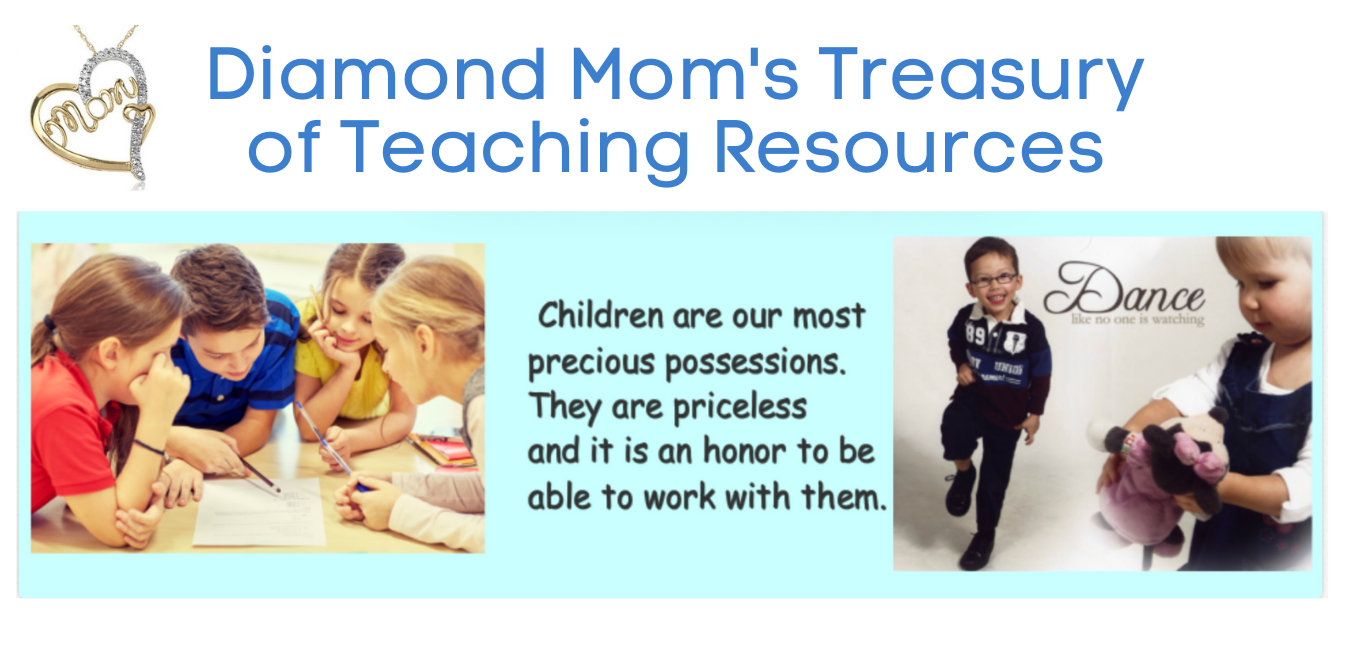
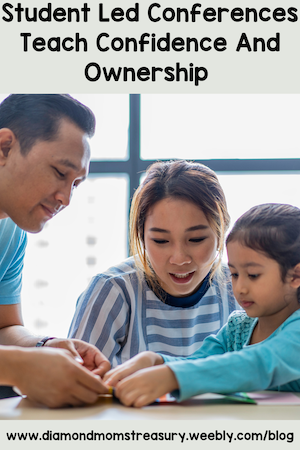

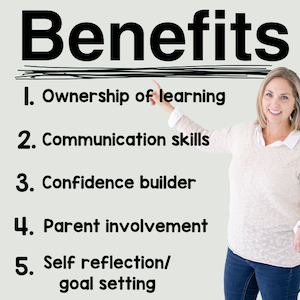

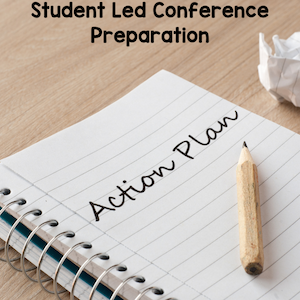
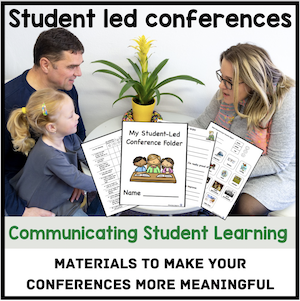


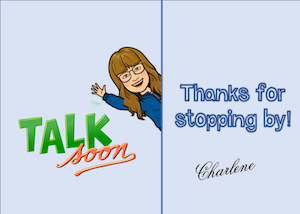
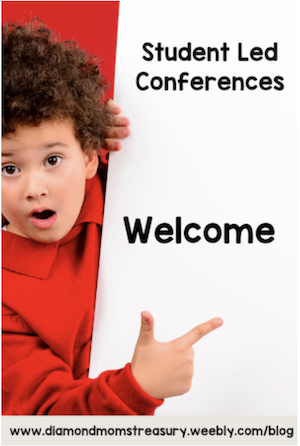
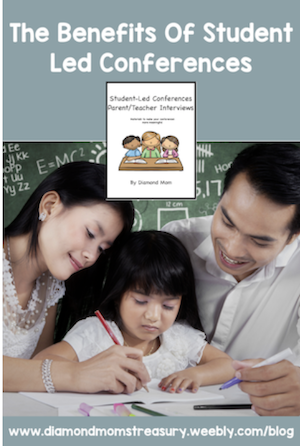
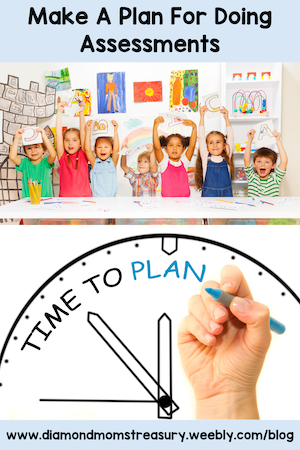
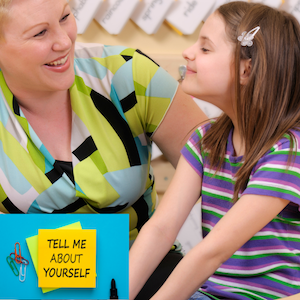
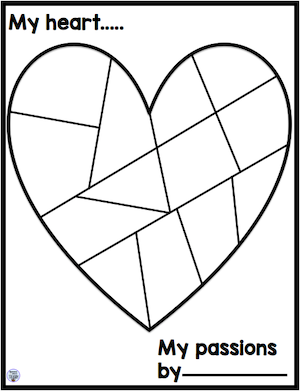
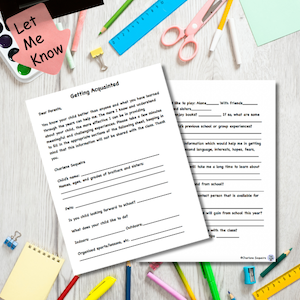
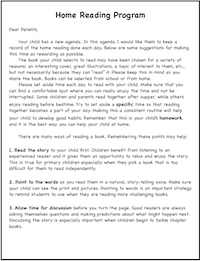
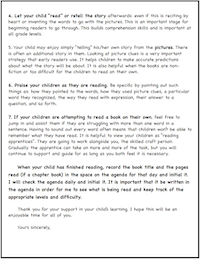
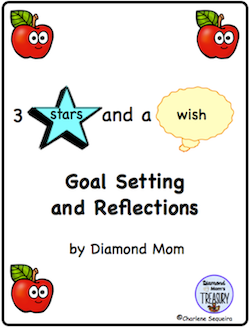
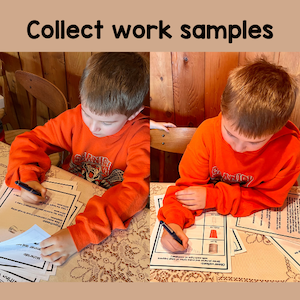
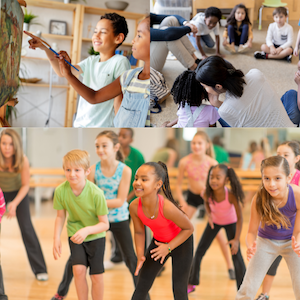
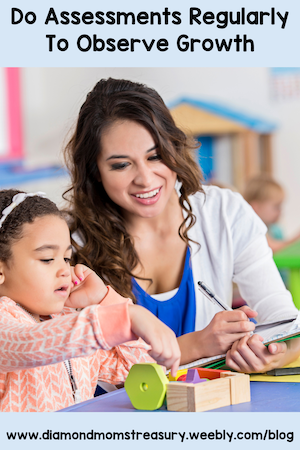
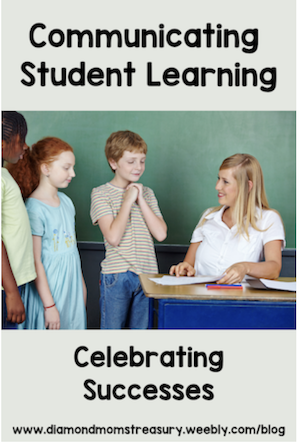
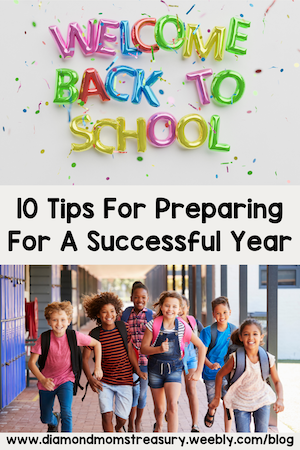

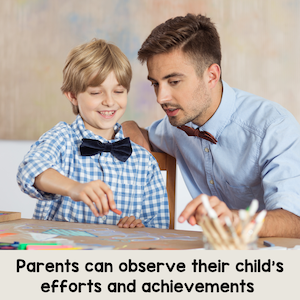

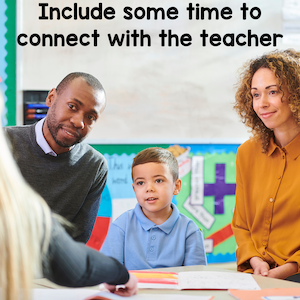
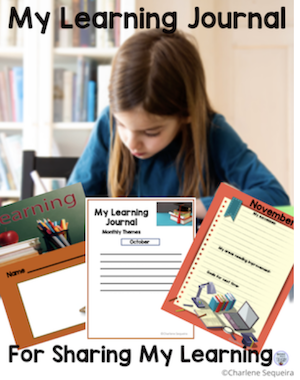
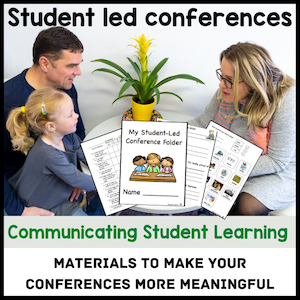
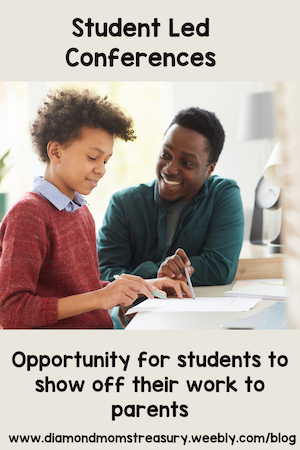
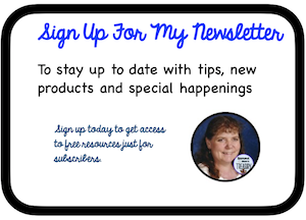
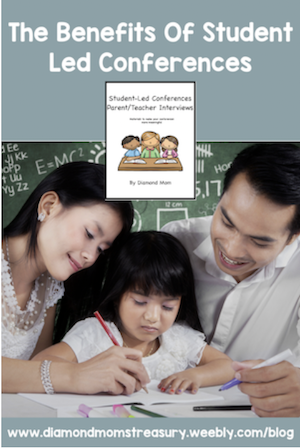
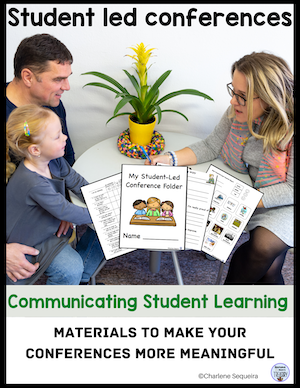
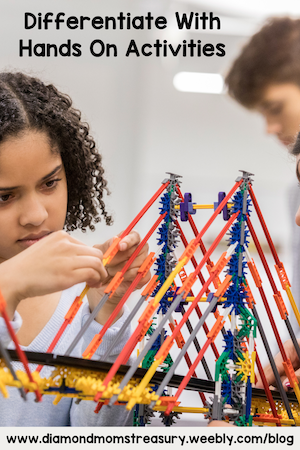
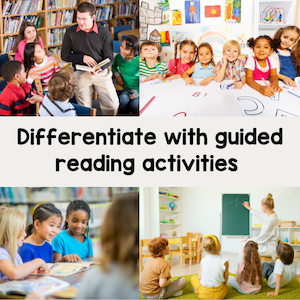
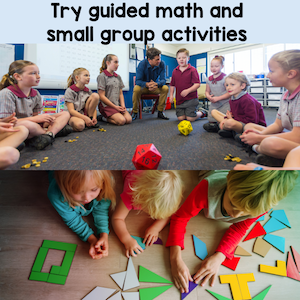


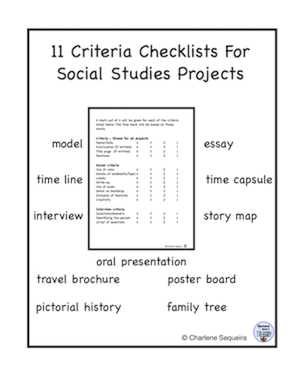
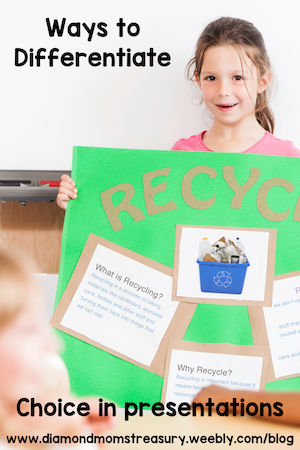
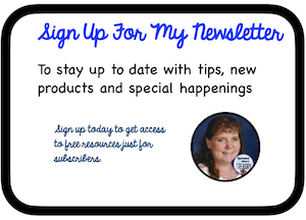
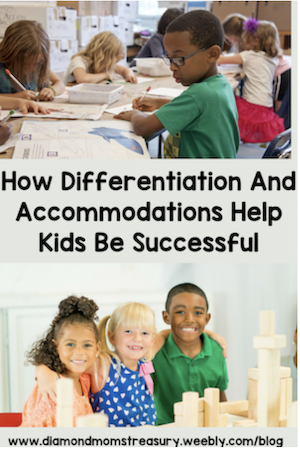
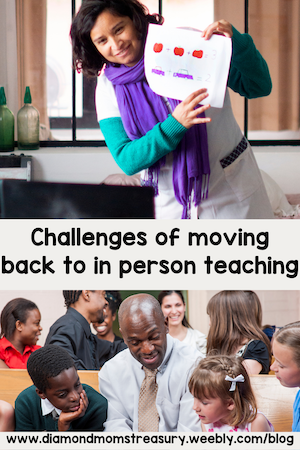
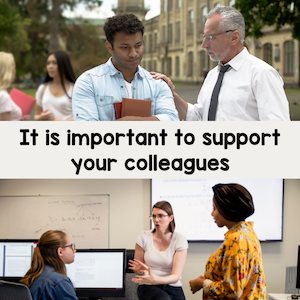
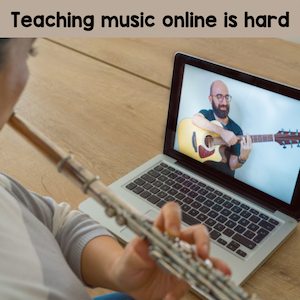
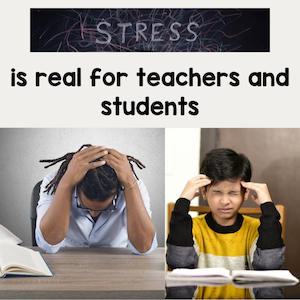
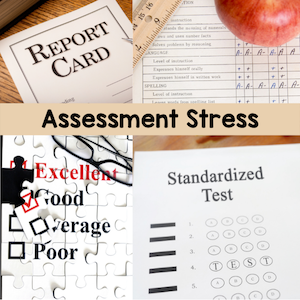
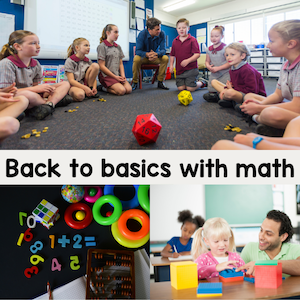
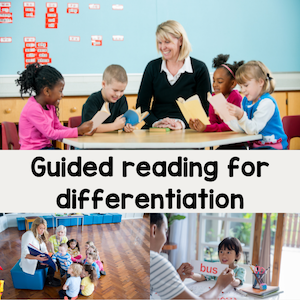
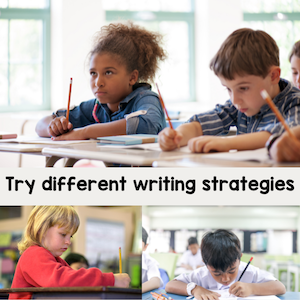
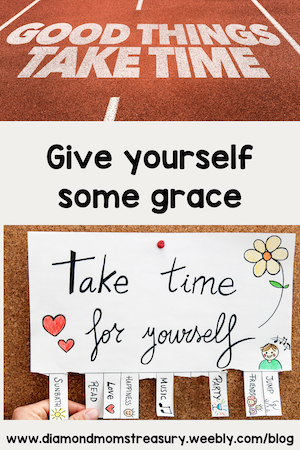
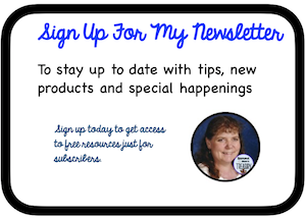
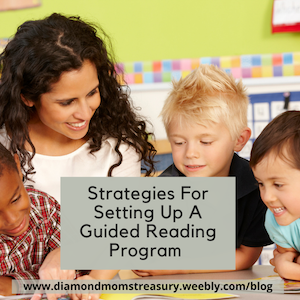
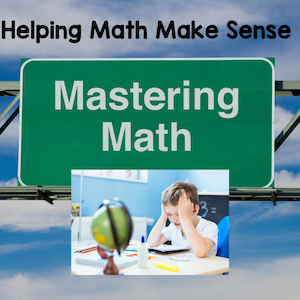
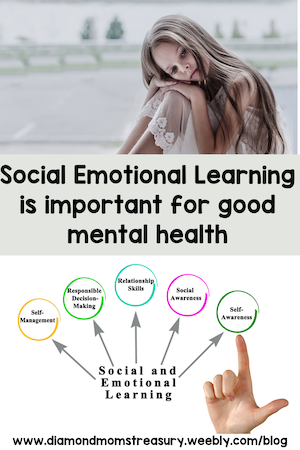
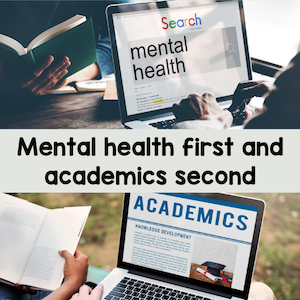

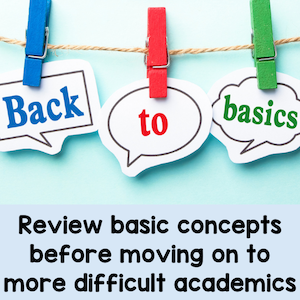
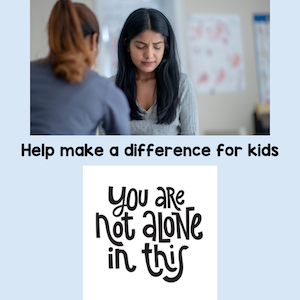
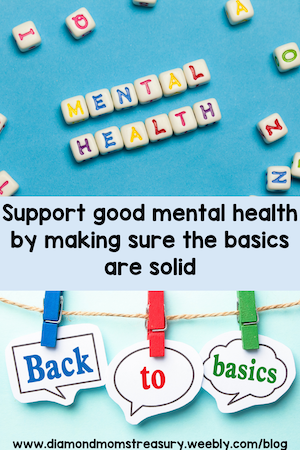
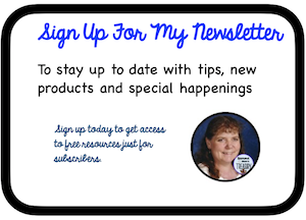
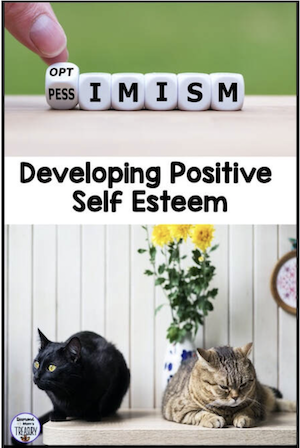
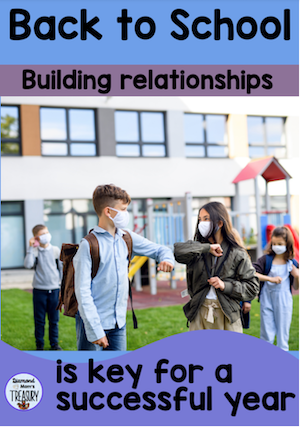
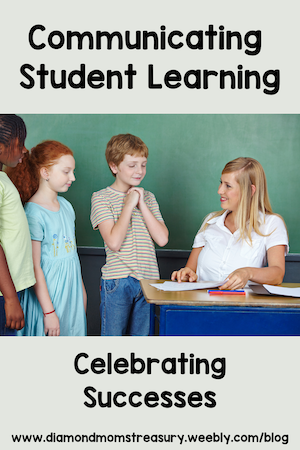
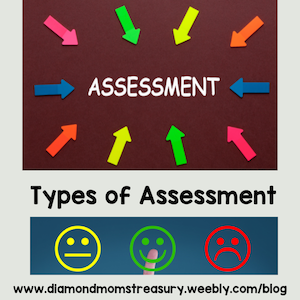
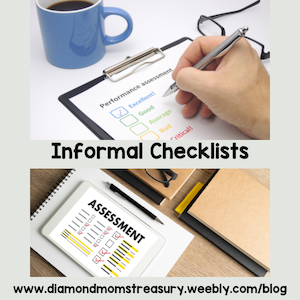
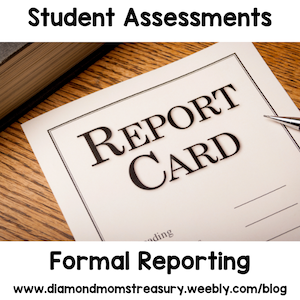
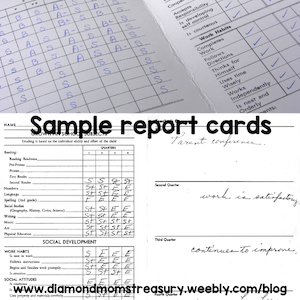
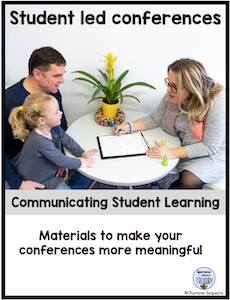
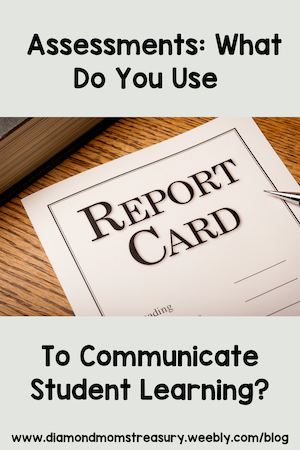
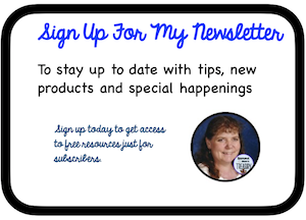
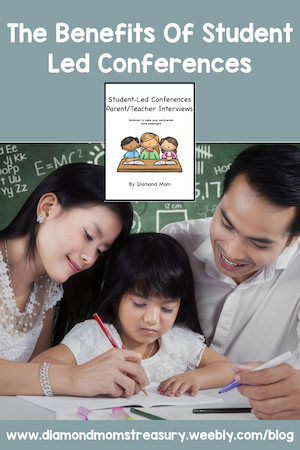
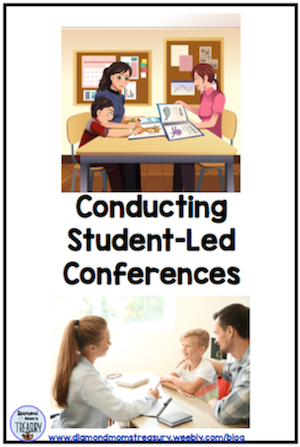
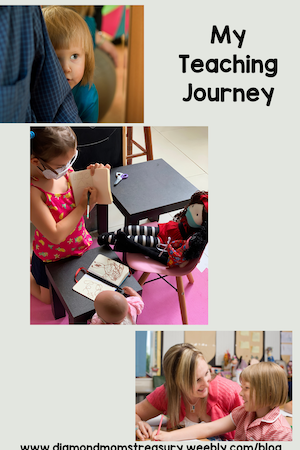
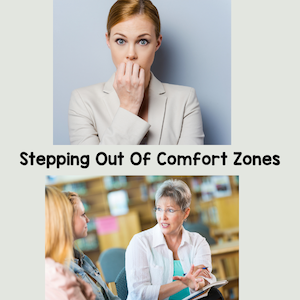
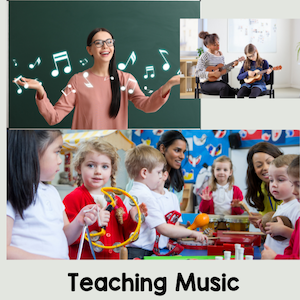
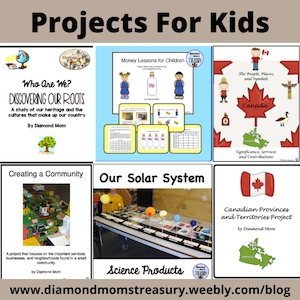
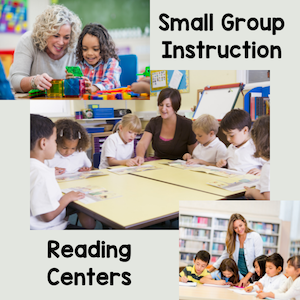
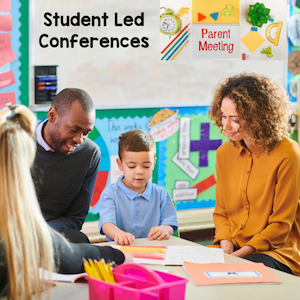

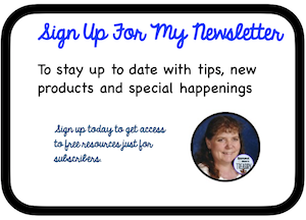
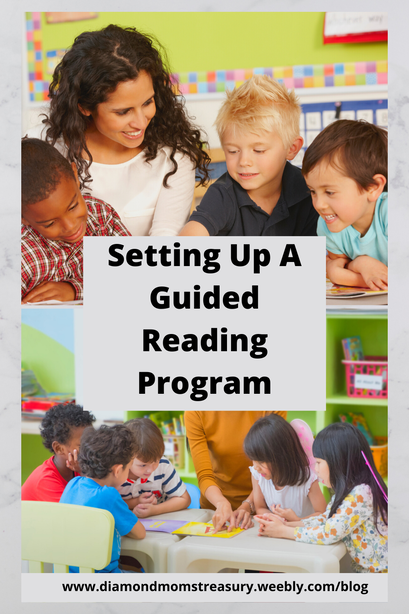

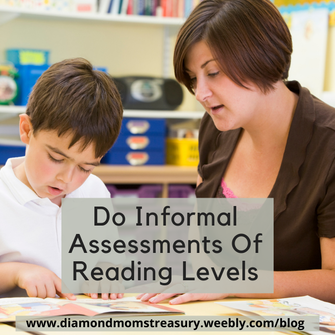
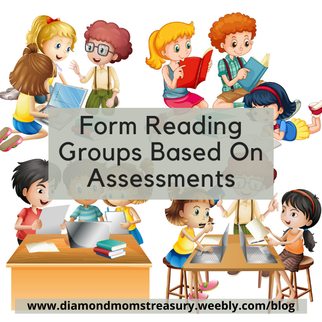
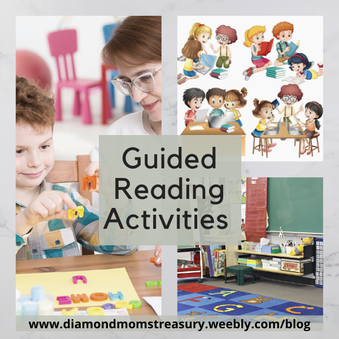
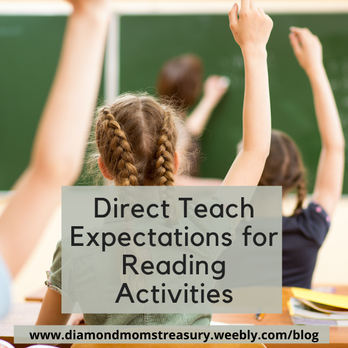

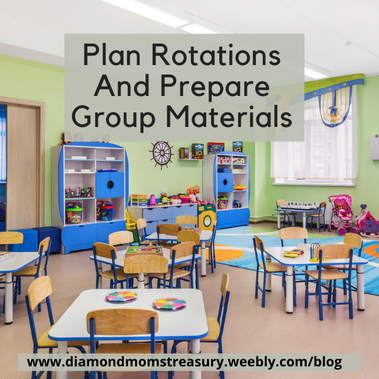

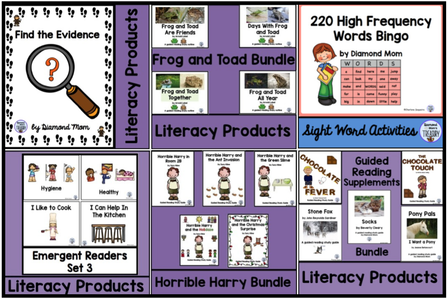
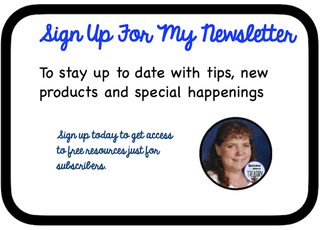
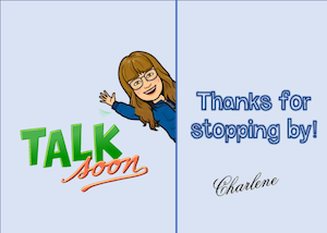
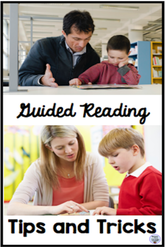
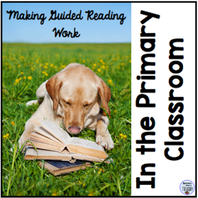
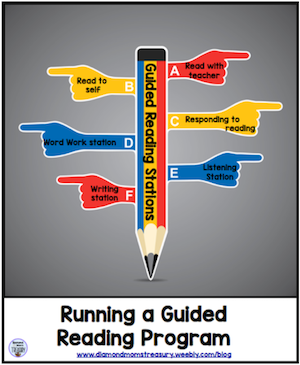

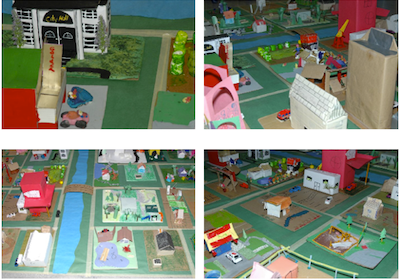
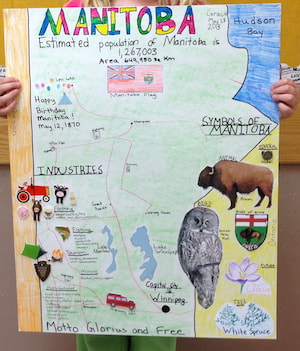
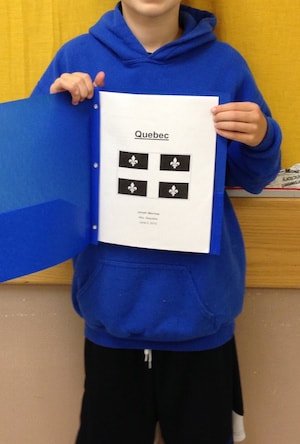
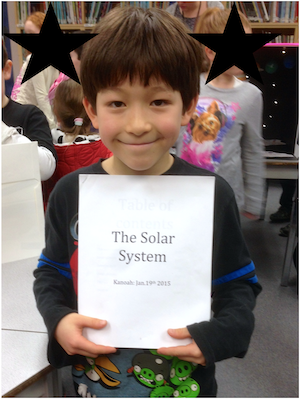
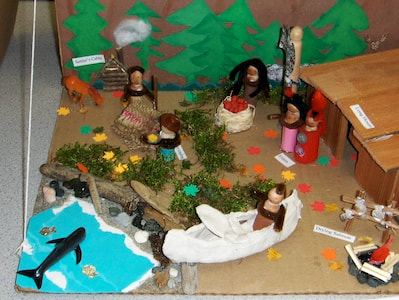

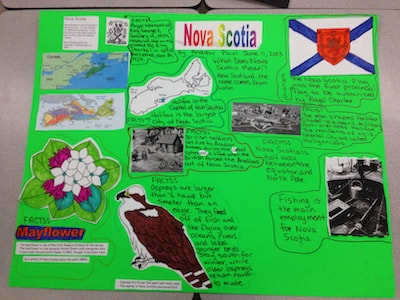
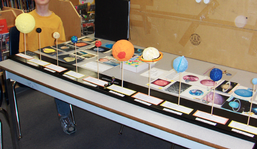
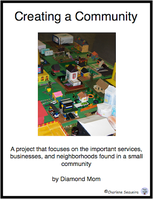

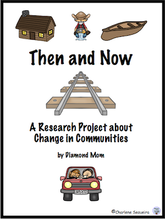

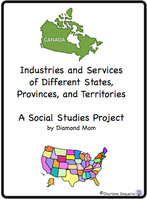

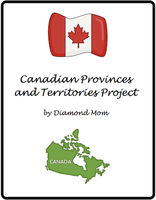
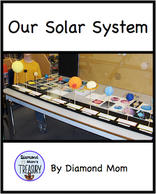
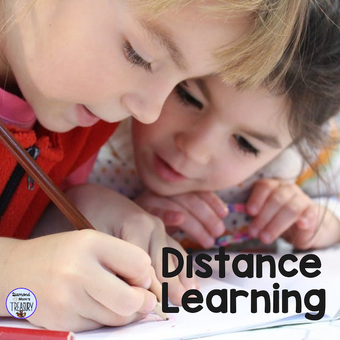
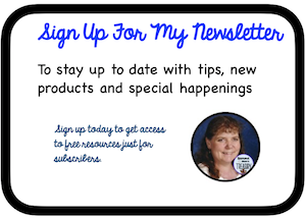
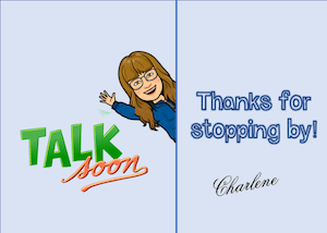



 RSS Feed
RSS Feed